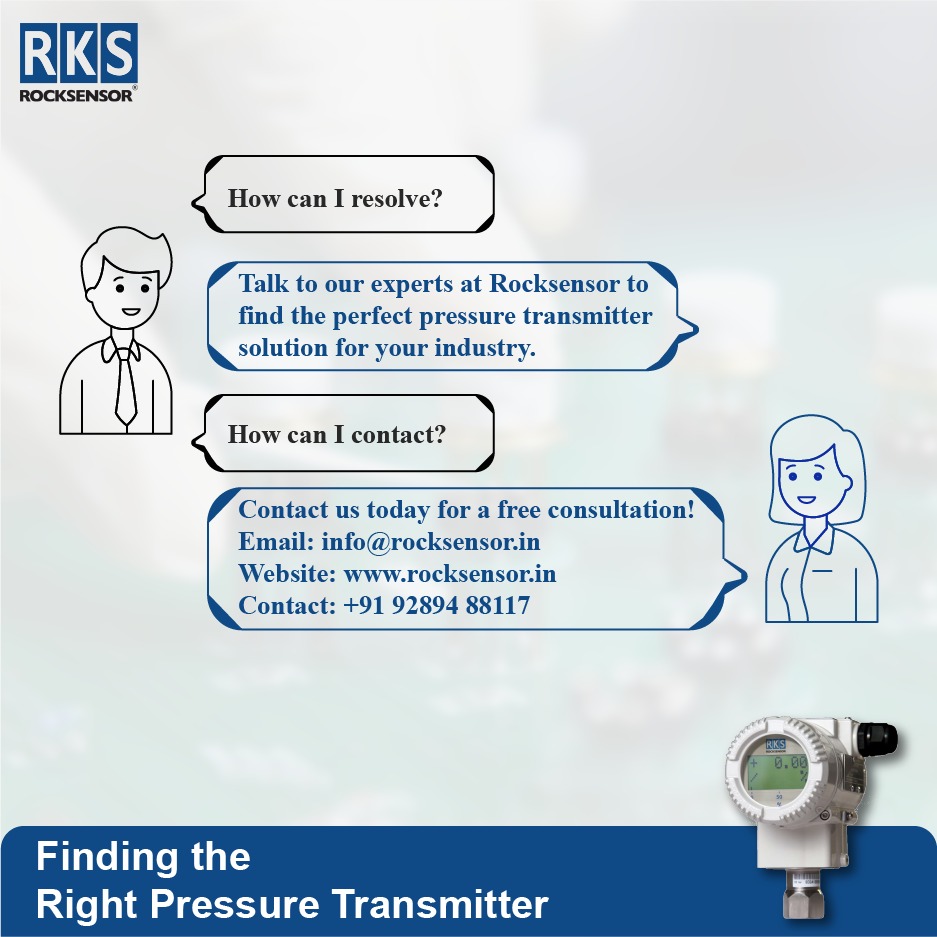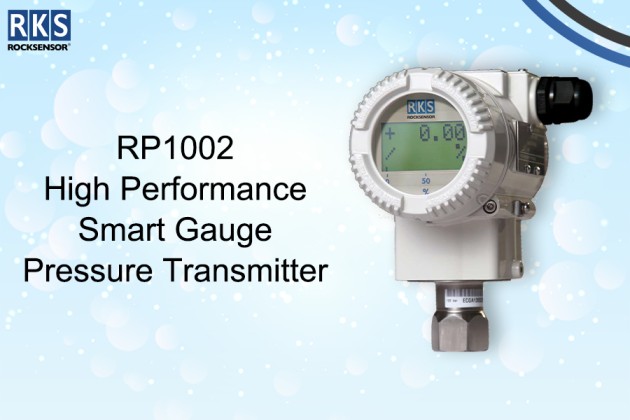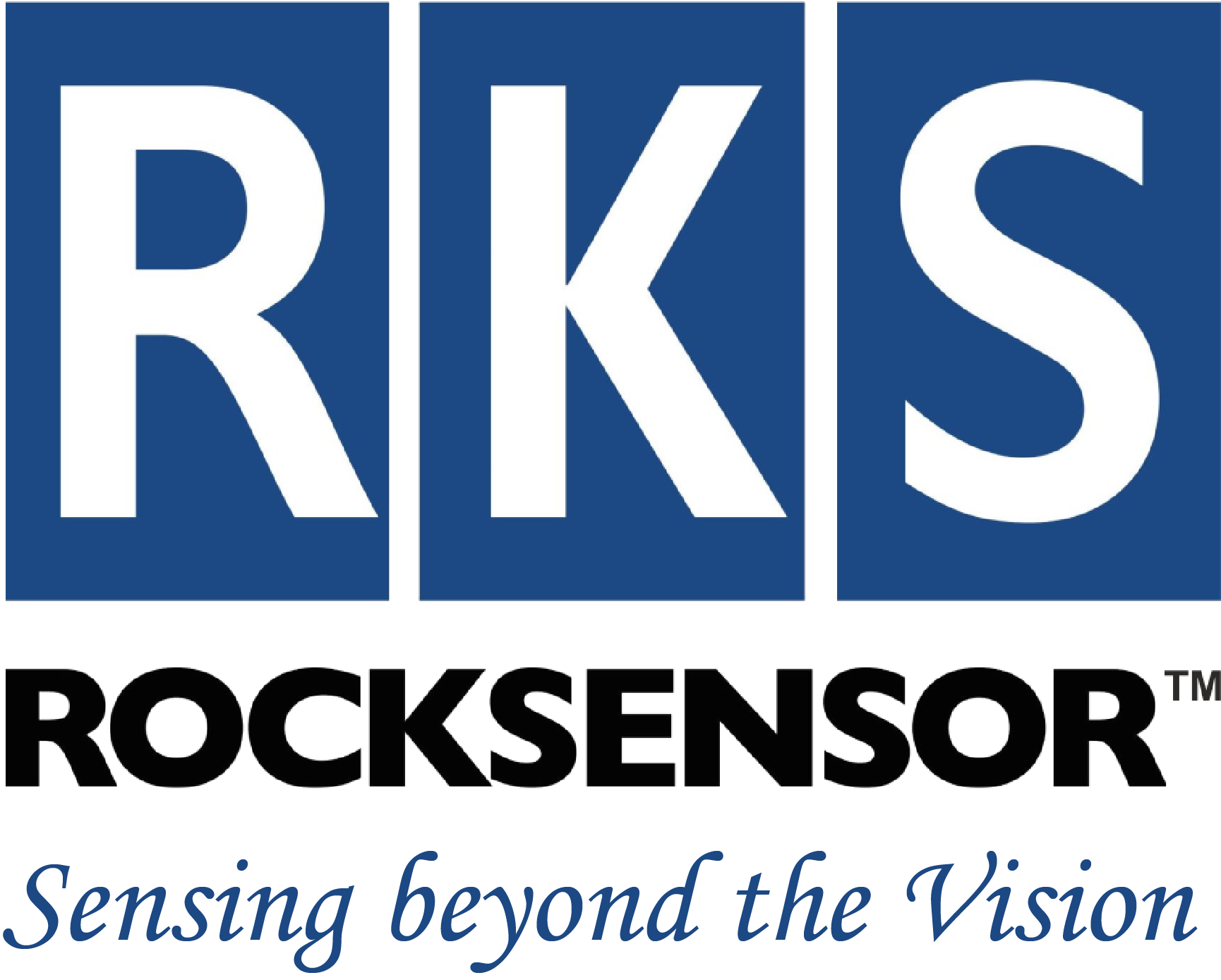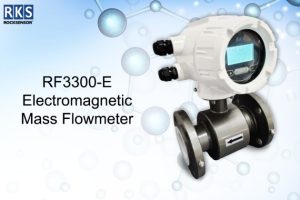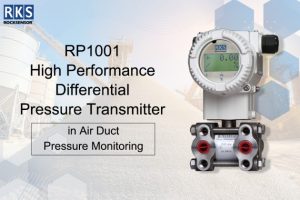Tired of constant breakdowns and inaccurate readings from your pressure gauge transmitter? You’re not alone — but the good news is, the fix might be easier than you think.
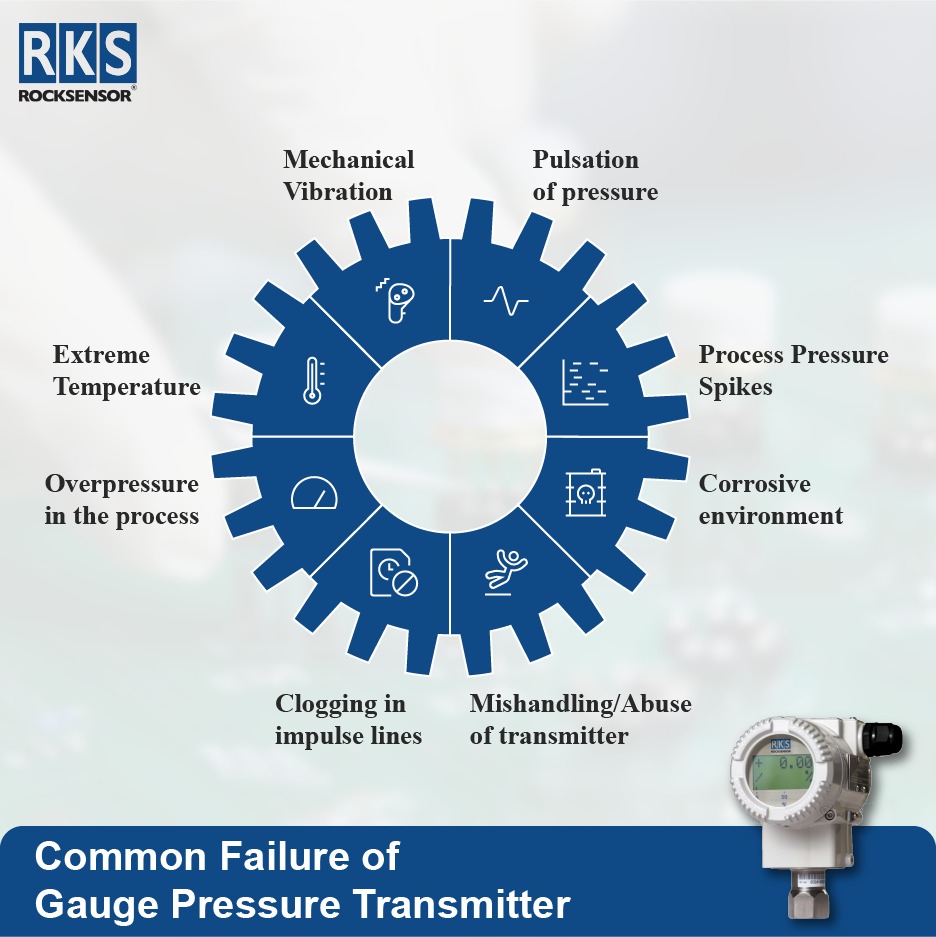
Gauge Pressure transmitters are the unsung heroes of industrial measurement — quietly keeping your systems in check. But when they fail, everything from efficiency to safety takes a hit. Whether you’re in oil & gas, water treatment, manufacturing, or pharmaceuticals, pressure transmitter failure can cause costly downtime, quality issues, and even dangerous conditions.
So what’s going wrong?
Let’s dive into the 8 most common reasons your gauge pressure transmitter fails — and what you can do to keep your equipment running like clockwork.
Factor No. 1: Mechanical Vibration
Whether it’s from nearby motors, pumps, or pipelines, continuous vibration slowly wears out internal components. Over time, this causes measurement drift, cracked welds, or complete failure.
✅ Fix It: Use transmitters with vibration-resistant housing. Install dampeners or mount transmitters away from high-vibration zones.
Factor No. 2: Pulsation of Pressure
Fluctuating pressure (especially from reciprocating pumps or compressors) causes the pointer or sensor to oscillate rapidly. This leads to fatigue and damaged internals.
✅ Fix It: Use pulsation dampeners or snubbers. Consider diaphragm seals with fill fluid to cushion rapid fluctuations.
Factor No. 3: Extreme Temperature
Temperatures outside the transmitter’s rated range can impact accuracy and destroy internal electronics or seals — especially in steam, cryogenic, or outdoor environments.
✅ Fix It: Select transmitters designed for your operating range. Use cooling elements or thermal isolators in extreme conditions.
Factor No. 4: Process Pressure Spikes
Sudden pressure surges — from valve closures or pump startups — can hammer the sensor. Even brief spikes can cause diaphragm rupture or sensor damage.
✅ Fix It: Install pressure relief valves, snubbers, or surge protectors. Choose transmitters with built-in overpressure protection.
Factor No. 5: Overpressure in the Process
Using a transmitter below the actual process pressure leads to sensor overload. Continuous exposure shortens lifespan or causes total failure.
✅ Fix It: Always select a pressure range at least 1.5x higher than your operating pressure — without compromising on accuracy.
Factor No. 6: Corrosive Environment
Acidic, caustic, or chemically aggressive media can corrode the diaphragm or housing — especially when the wrong material is selected.
✅ Fix It: Use transmitters with corrosion-resistant materials like SS316Ti, Hastelloy, or gold-plated diaphragms.
Factor No. 7: Clogging in Impulse Lines
Thick fluids, slurries, or sediment-heavy media can clog pressure ports. Blockage causes false readings and sensor damage due to pressure buildup.
✅ Fix It: Use flush diaphragm transmitters or remote seal systems. Regular flushing and maintenance also help avoid buildup.
Factor No. 8: Mishandling / Abuse of transmitter
Improper storage, dropping during installation, or over-tightening can internally damage the unit before it even starts working.
✅ Fix It: Train technicians on correct handling practices. Store transmitters in dry, padded areas. Avoid using tools directly on sensor bodies.
How to Keep Your Pressure Transmitters Reliable for the Long Haul
Avoiding failure starts with buying the right transmitter for the job, installing it correctly, and performing regular maintenance. Choosing industrial-grade transmitters from a trusted brand like Rocksensor can prevent many of these issues from ever happening.
Whether it’s a challenging hydrogen application, slurry handling, or high-pressure steam — Rocksensor offers a wide range of pressure transmitters engineered for reliability, accuracy, and harsh conditions.
Failures aren’t just inconvenient — they’re expensive. But now that you know the 8 most common reasons pressure gauge transmitters fail, you can take preventive action and safeguard your systems.
Why wait for failure?
✅ Talk to our experts at Rocksensor to find the perfect pressure transmitter solution for your industry.
Contact us today for a free consultation!
Email: info@rocksensor.in | www.rocksensor.in
